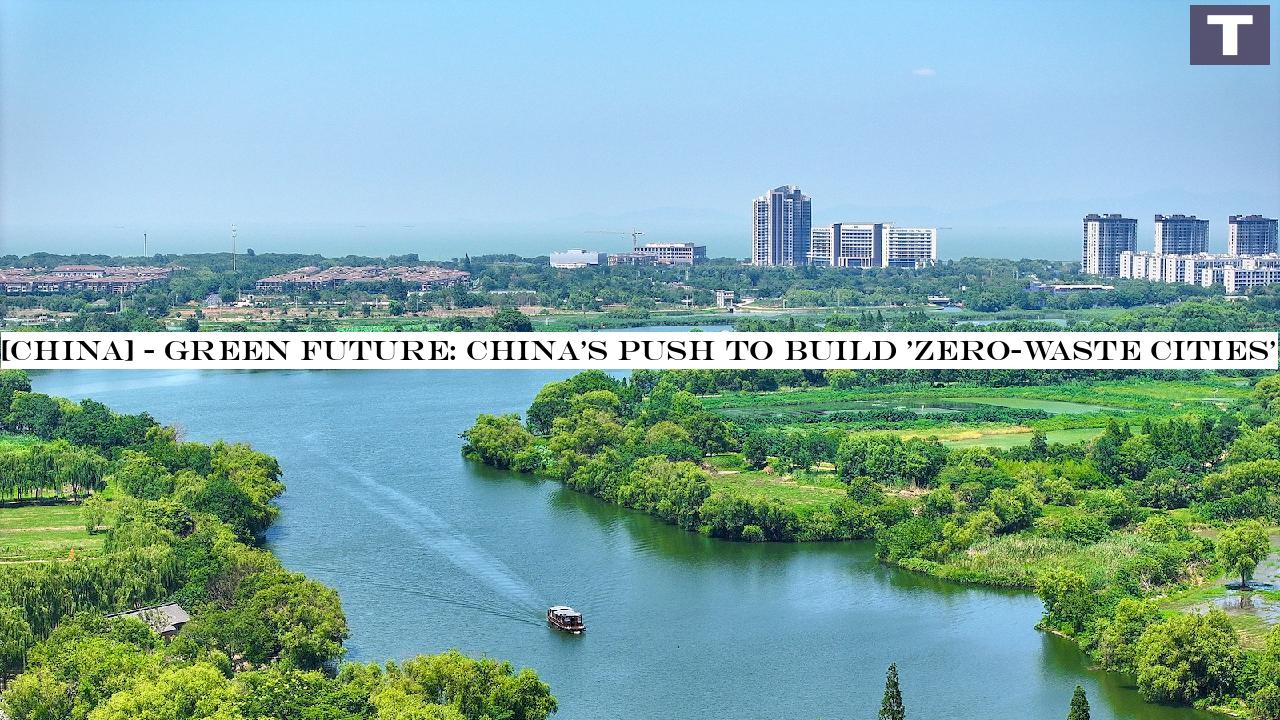INSUBCONTINENT EXCLUSIVE:
China specifies a zero-waste city not as one that produces no waste, however as a city model that minimizes land fill through green
production and lifestyles, source‑‑ level reduction and resource recovery –-- driving solid‑‑ waste impacts as low
as possible.Over years of pilot programs, these principles have actually translated into greater recycling rates, lower household waste
volumes and more habitable urban environments.Under the 14th   Five ‑ Year Plan (2021-2025), China has designated 113
prefecture‑‑ level cities and eight unique areas to advance no‑‑ waste construction
More than 3,700 demonstration projects –-- varying from neighborhood sorting systems to commercial by‑‑ product healing
facilities –-- are underway, with total investment surpassing 1   trillion   yuan (about $140 billion)
These efforts highlight an across the country dedication to mainstreaming absolutely no‑‑ waste practices.North Chinas Xiongan
New Area highlights next‑‑ generation preparation
Conceived as a city of cells, each area embeds closed‑‑ loop waste cells
Construction particles is processed on‑‑ site into aggregate for new buildings; smart bins and digital incentives assist
homeowners to arrange recyclables; and district recycling centers transform scrap metal and plastics back into producing feedstock.This
cellular approach turns waste into a constant resource stream, lining up urban growth with ecological stewardship.By contrast, Chongqing
concentrates on systemwide combination
The town has actually upgraded district‑‑ wide arranging infrastructure and constructed standardized neighborhood
resource‑‑ healing centers.Organic waste is routed to composting facilities neighboring metropolitan farms, while residuals feed
contemporary waste‑‑ to ‑ energy plants that power regional grids
Repair‑‑ oriented company models –-- repair work cafés and upcycling workshops –-- additional divert long lasting items
from land fills, showcasing how a zero‑‑ waste ethos can permeate day-to-day life.Shenzhen presses the development frontier with
Pilot labs check out algae‑‑ based bioplastics spun from food‑‑ scrap fermentation and robotic e‑‑
waste dismantling systems that recover uncommon metals
Each experiment is treated as an innovative venture –-- welcoming startups and universities to repeat, share data and refine processes
Shenzhens culture of trial and error exemplifies how zero‑‑ waste cities can develop through open‑‑ ended
innovation.As China scales from pilots to extensive adoption, these flagship cases use blueprints for metropolitan transformation.By
embedding absolutely no‑‑ waste style into policy, planning and community action, China is charting a green future –-- where
every discard is viewed as a resource, promoting cities that grow in harmony with their environment.(Cover: Taihu Tuying Wetland Park in
Changxing County, Zhejiang Province, east China, July 5, 2025./ VCG)

